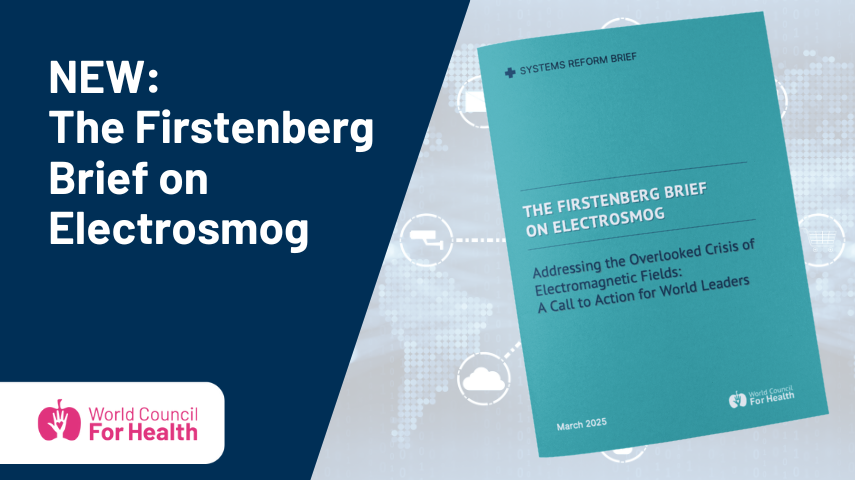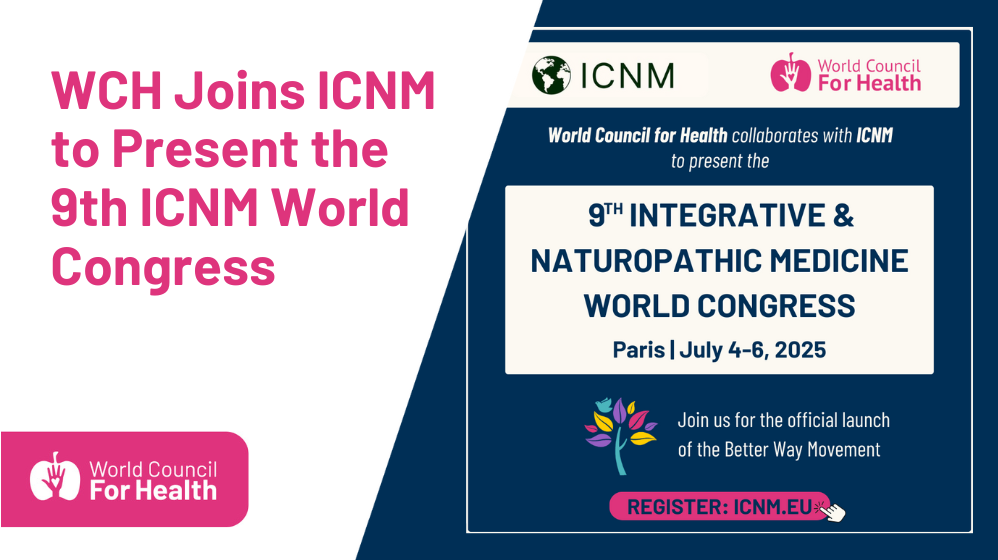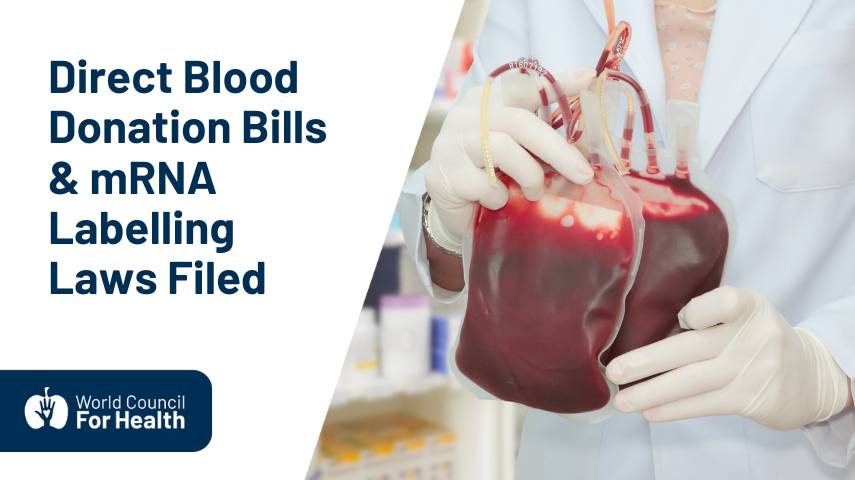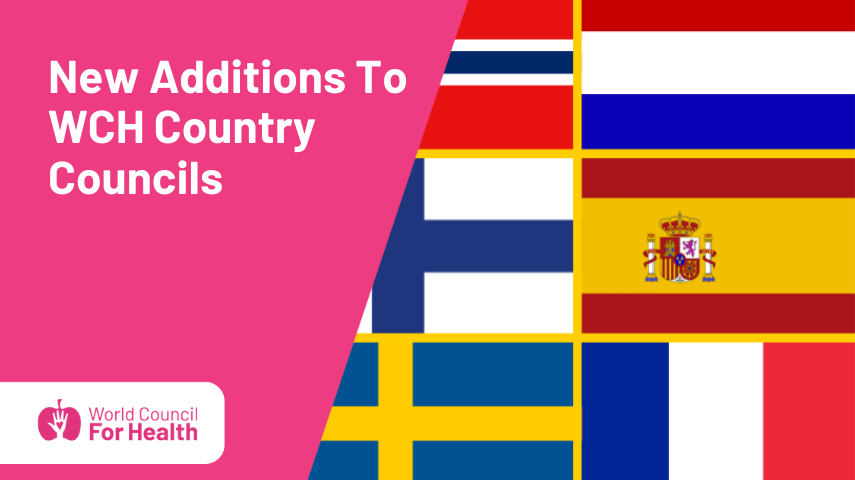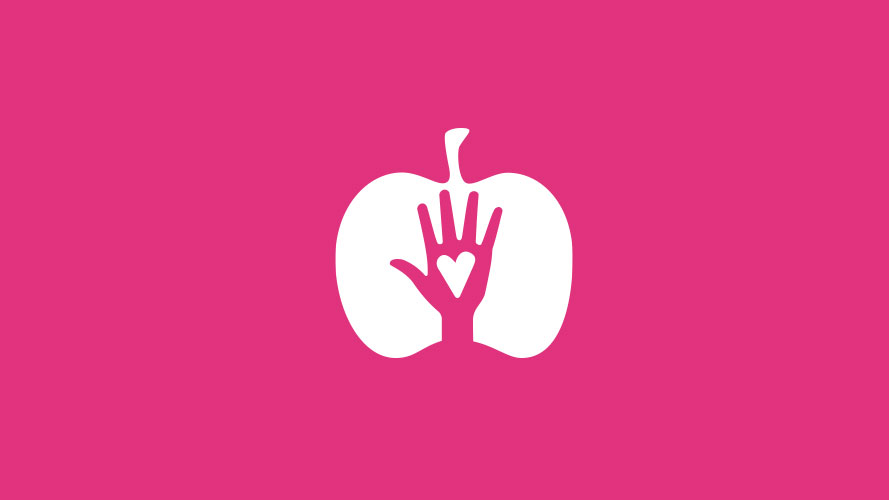The Firstenberg Brief on Electrosmog
Dr Arthur Firstenberg (1950-2025), a pioneering researcher in the field of electromagnetic fields (EMF) and their impact on health, dedicated his life to uncovering organisms. His groundbreaking work, often considered ahead of its time, meticulously synthesised scientific evidence to challenge conventional perspectives on technology and health.
World Council for Health is honoured to present the conclusions of his work posthumously as a vital reference to inspire important and overdue discussions about the implications of EMF exposure in the modern world.
You can download The Firstenberg Brief on Electrosmog here: https://www.worldcouncilforhealth.org/policy-briefs/
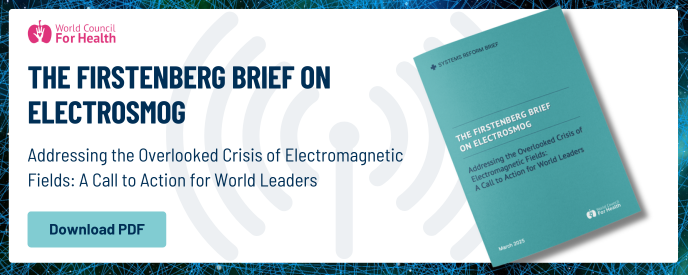
Thank you, Arthur Firstenberg
Author, environmentalist and activist Arthur Firstenberg, died on 25th February, 2025. His service to people and planet will never be forgotten.
Gratitude for the persevering service of the great Arthur Firstenberg to mankind and the Earth. His work is now complete. May we all strive to be as useful to both humanity and the Earth as he has been. It is up to us now to carry his powerful message forward.
Below is a beautiful obituary honouring his extraordinary life.
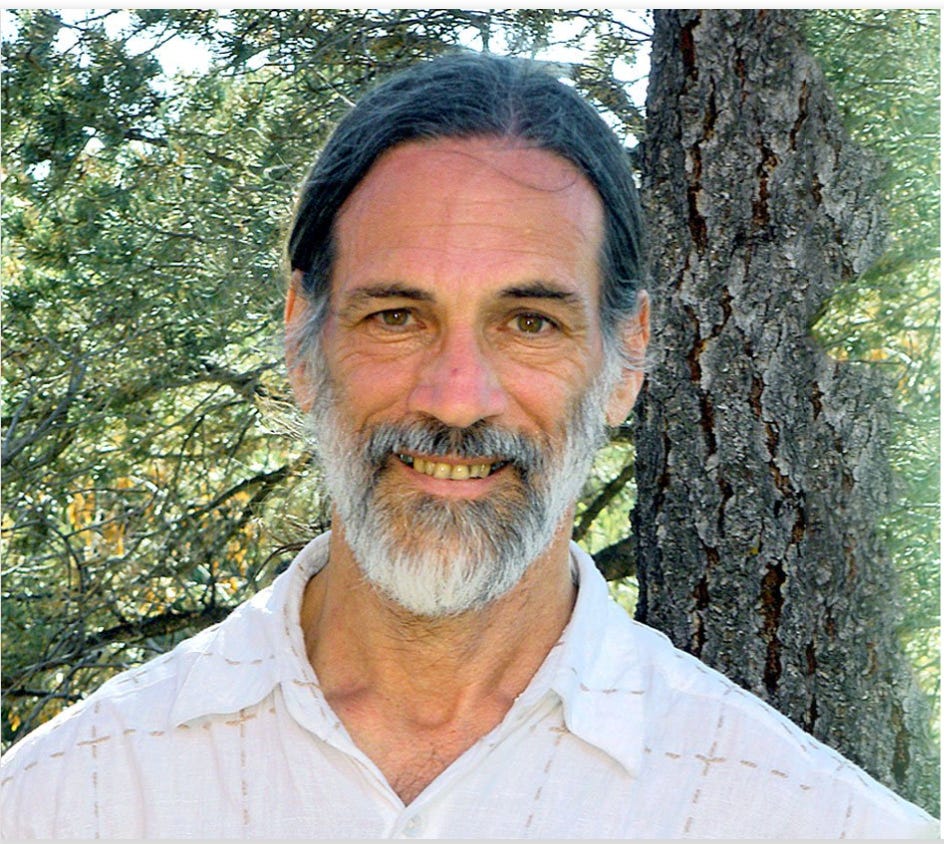
Arthur Firstenberg
May 28, 1950 – February 25, 2025
Arthur Firstenberg, author, environmentalist and activist, died in his home after months of an undiagnosed illness, surrounded by family and friends.
Arthur was born in Brooklyn, New York to survivors of the Holocaust. His childhood summers in upstate New York, the Grand Canyon, Yosemite National Park, and on an island near Newfoundland fostered his love of nature. At Cornell University, he devoted half of his time to hiking, canoeing and rock climbing—and half to physics, mathematics, ancient civilizations and foreign languages. After graduating in 1971, he lived with small farmers in Norway and among Guatemala’s traditional Maya.
From 1978 to 1982, Arthur attended medical school at the University of California, Irvine. He left before graduating when more than 40 dental x-rays led to his experiencing microwave sickness, which some people call electromagnetic hypersensitivity (EHS).
He became a vegetarian and a Feldenkrais practitioner.
In 1986, Arthur participated in the Great Peace March for Global Nuclear Disarmament. While walking across the U.S., he witnessed modern society’s destruction of the Earth and its creatures. In 1989, in search of a simple life, he traveled to northernmost Canada but found heart-wrenching destruction there, too.
In 1996, to expedite the roll-out of cellular phone service, Congress passed the Telecommunications Act. Its Section 704 prohibits municipalities from denying permits to install cellular antennas based on their environmental effects. Arthur founded the Cell Phone Task Force and began providing a clearinghouse for information about wireless technologies’ injurious effects and a global support network for people disabled by electromagnetic fields. He began tracking the permit requests that corporations made to municipalities to install cellular antennas, smart meters and other radiation-emitting technologies—and rallied others to try to stop such efforts.
In 1997, based on the rights of states, nature and disabled people, the Cell Phone Task Force joined other groups to challenge the Federal Communications Commission’s RF radiation exposure limits. Their efforts were unsuccessful.
In 2002, the U.S. Access Board recognized that under the 1990 Americans with Disabilities Act (ADA), electromagnetic sensitivities may be considered disabilities.
Arthur moved to Santa Fe, NM in 2005. Introducing himself at the Women’s Club, he named some of the effects of exposure to electromagnetic radiation—nausea, nosebleeds, diarrhoea, headaches, insomnia, fatigue, hair loss and nerve pain. Many people were moved to tears as they realised wireless technologies’ effects on their own lives. Each time a corporation proposed a new cell tower or the city proposed installing new WiFi, or a utility proposed transmitting “smart” meters, Arthur notified his mailing list and encouraged people to attend public hearings and speak out. The City Council chambers often overflowed.
In a room with 25 people, Arthur could sense if someone had a cell phone turned on. Once, in a Santa Fe City Council meeting (wherein he successfully played the ADA card and got the city to turn off the WiFi during city council meetings for several years), he suddenly doubled over in pain—while a woman near him abruptly left the council chambers to take a call. He became known for his intolerance of mobile devices, his passionate public comments, unwillingness to compromise on ecological or public health, and for suing neighbors whose Wi-Fi or mobile devices disturbed him. The New York Times and other media frequently ridiculed Arthur for these lawsuits. The attention did not phase him.
In 2021, through the Santa Fe Alliance for Public Health and Safety, he petitioned the U.S. Supreme Court to rule on 1) whether the Telecom Act’s Section 704 violates the First Amendment right of access to courts and 2) whether “environmental effects” means “health effects.” The Supreme Court refused to hear the petition.
Arthur tracked the dates of his experience of new or intensified symptoms—and found that they correlated with the dates on which satellites, 5G and other technologies turned on. In The Invisible Rainbow, he correlated electrification’s rise with the increase of previously unknown diseases including cancer, heart disease, diabetes and Alzheimer’s. He considered radiation emitted by cordless phones, cellular antennas, mobile phones, laptops, fluorescent lights, LEDs, satellites, digital transmitting utility meters, e-vehicles, EV chargers and other transmitting devices a violation of nature.
For years, Arthur got around Santa Fe with a bicycle. He never owned a television or a cell phone. He dreamed of people politely accepting neighbors’ requests to turn off mobile devices and unplug WiFi. Because computers ravage the Earth and public health from their cradles-to-graves, he dreamed of a society with shared—not individually owned—computers. He frequently called for people to quit using mobile devices.
As a member of Once A Forest, he opposed forest management policies such as thinning and prescribed fires.
Arthur understood the consequences of the electrical power at our fingertips. “The only thing we can really do for the Earth is to stop destroying it,” he wrote. “Then the Earth will take care of itself. Instead of trying to fix the whole planet, let us attend to our own simple lives.”
Firstenberg’s books include The Invisible Rainbow: A History of Electricity and Life (Chelsea Green, 2020, more than 100,000 copies sold); Microwaving Our Planet: The Environmental Impact of the Wireless Revolution (1997); and, most recently, The Earth and I (Skyhorse, 2025).
Arthur Firstenberg is survived by a nephew and countless people committed to respecting nature and reducing electronic technologies’ harms to ecosystems and public health.
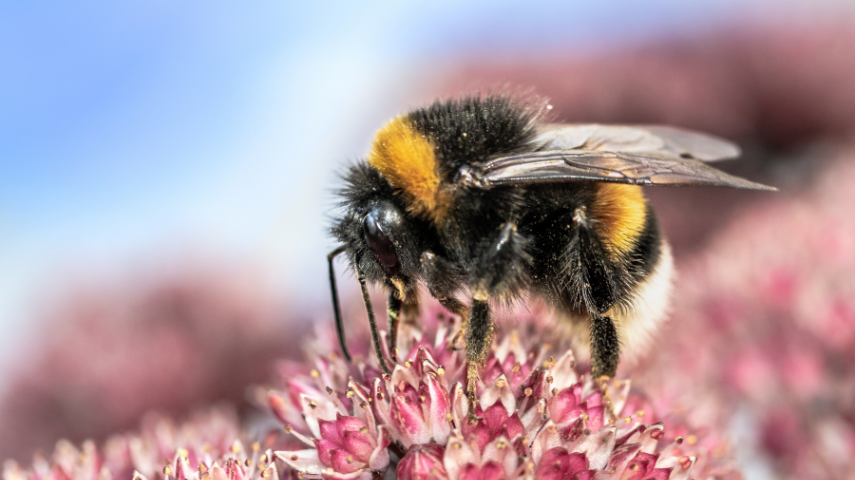
The above tribute was first published on WCH Substack: https://worldcouncilforhealth.substack.com/p/thank-you-arthur-firstenberg
Beautiful Video Tribute
Please share this beautiful video tribute (2 minutes 20 seconds in English) created in his honour using Arthur’s words, by his Iranian translator Farhad Khelghati. founder of the publishing house, Azmoon-e Zaman (Test of Time), Iran.
In Loving Memory of Arthur Firstenberg: https://safetechinternational.org/in-memory-of-arthur-firstenberg/
See also the page on the Safe Tech International website In Loving Memory of Arthur Firstenberg where you may also submit your thoughts and prayers.
Words from Arthur’s Iranian translator Farhad Khelghati: https://patriciaburke.substack.com/p/exquisite-video-in-honor-of-arthur
